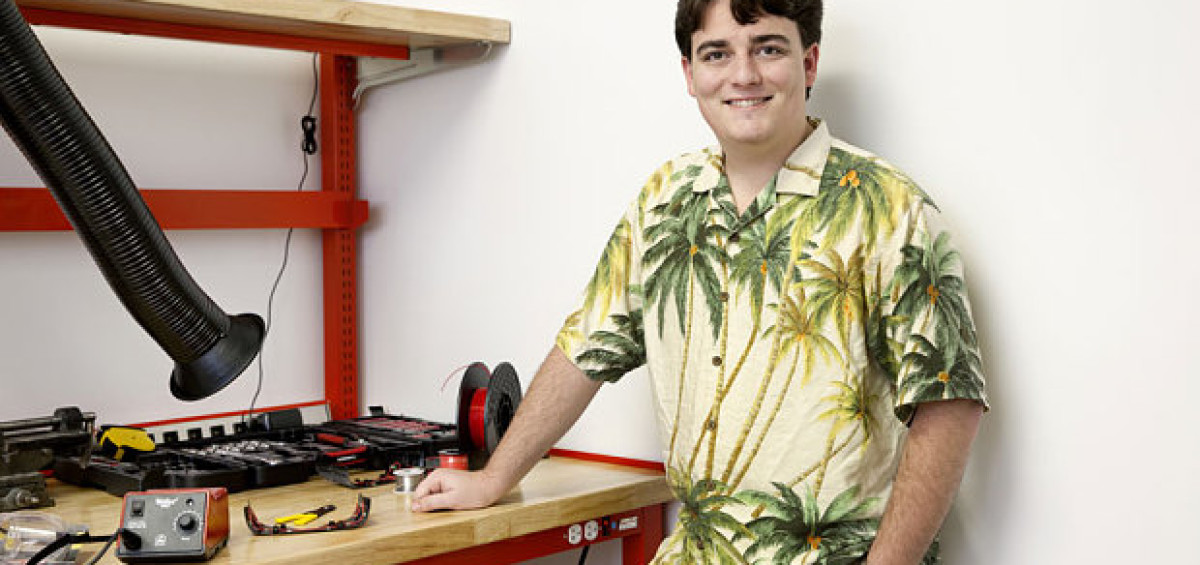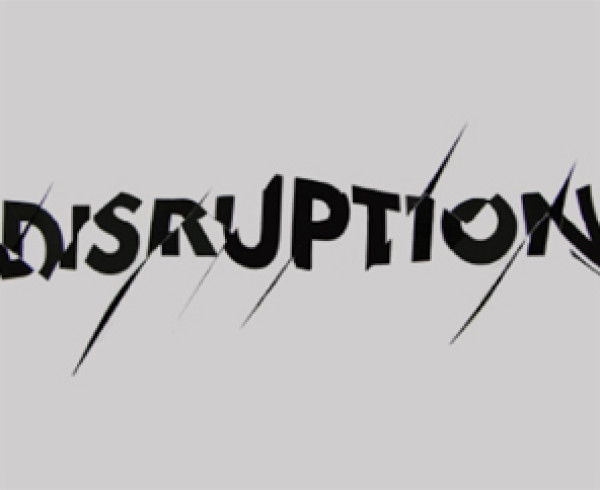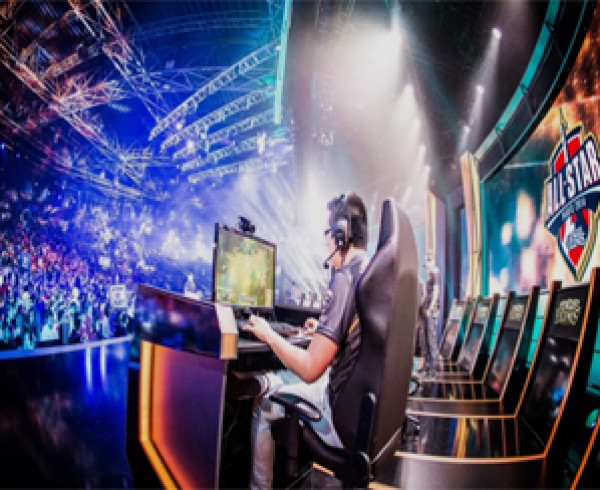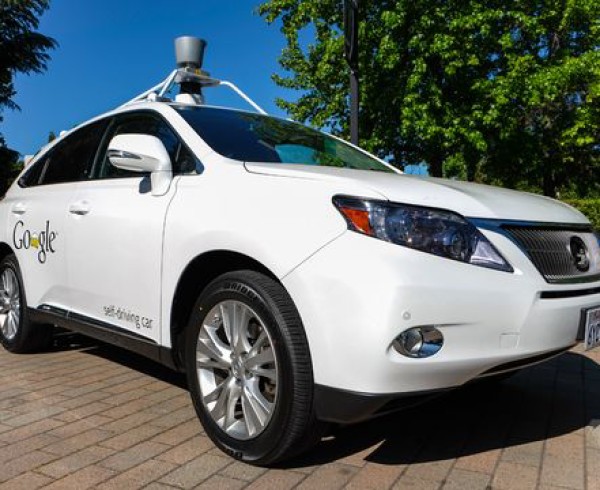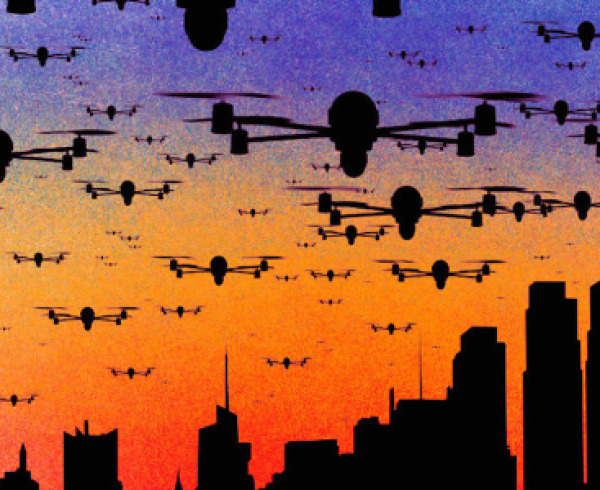Author: Madhumita Murgia
Original Source: http://www.telegraph.co.uk/technology/news/12047279/How-virtual-reality-is-going-to-change-our-lives.html
23-year-old Palmer Luckey is like a kid in a candy store. “Pick up that stick of dynamite, and hand it to me. Now let’s light it together!” he instructs me, as it explodes in a cloud of sparks. “Now let’s try to hit these moving targets with our catapults,” he suggests, while I practice shooting pellets. “Nice!”
Luckey is the teenage inventor of the Oculus Rift – the bulky headset paired with gloves that I am wearing in a room by myself. My headset is wired to a large computer, and the gloves come with game-like controllers.
 Palmer Luckey, photographed exclusively for the Telegraph Magazine at Facebook’s headquarters in Menlo Park, California, December 2014. Photo: Carlos Chavarría
Palmer Luckey, photographed exclusively for the Telegraph Magazine at Facebook’s headquarters in Menlo Park, California, December 2014. Photo: Carlos Chavarría
I am inhabiting a digital world called Toybox where I can touch, move, squeeze, grasp and manipulate objects with my virtual hands – all I need to do is press on the gloves to clench and unclench.
Virtual Luckey could be anywhere in the world, although he happens to be in the room next door, but we are interacting as if we were side by side.
Last year, Oculus was sold to social networking giant Facebook for $2bn, turning the then-21-year-old into a millionaire. “I was 18 when I founded Oculus, but I had been working on VR for a few years before that,” he tells me, as I emerge from virtual reality to join the real Hawaiian-shirted, flip-flop-wearing Luckey.
“It seemed like a super cool tech that made you feel like you were inside a game. So it was the combination of trying to find the best way to play a game, and my love of sci-fi which showed me all the crazy ideas of VR.”
Luckey didn’t invent virtual reality – it’s been around for over two decades, used by everyone from the military to aerospace, to create an alternative reality inside the digital world. “In 1987, Nasa Ames research centre in California snuck me in and put a headset and glove on me,” says Professor Bob Stone, VR veteran and director of the University of Birmingham’s Human Interface Technologies Team.
“I walked onto a very basic, wireframe graphic of an escalator in VR. I felt like I was going up even though my body was on the ground. I thought this has got to be the future.”
Back in the 90’s, Professor Stone used a £250,000 supercomputer to run virtual displays. Now, the technology is £10, fast and can run on a mobile phone.
The VR experience itself, which used to have a processing delay and cause nausea, is considerably better because computers are infinitely more powerful, motion sensors are more accurate, and displays have better resolution, Luckey points out.
“All the parts that made VR possible had been created by the mobile phone and games industries without anyone really noticing,” he says.
2016 has already been branded the year of VR. Technology giants from Samsung to Facebook and Sony will launch their headsets; Samsung’s Gear VR launched for mobile last month, while the simple £10 Google Cardboard can also give you basic VR experiences on your phone.
Facebook’s Rift will launch early next year, followed by the HTC Vive and Sony’s PlayStation VR in April. For all the headset makers, as Luckey confirms, the clear target market is serious gamers.
But industries ranging from education to medicine, architecture and defence are applying the technology to patients, veterans, designers, submariners and students. Here are four ways in which virtual reality is going to change your life over the next five years.
Healthcare
Psychology professor Skip Rizzo of the University of Southern California, who directs the Medical Virtual Reality lab, spends a lot of time with his patients in Iraq and Afghanistan – virtually.
Most patients he treats are war veterans who served in the Middle East. His lab, funded primarily by the United States military, has created 14 different virtual worlds – these can range from an Afghan village to a winding desert roadway, a busy market in Iraq, a crowded mosque, or a military checkpoint.
“We put them in a world most similar to the kind of experiences that they had when they were in combat, in their traumatic moments,” Rizzo says. “Where they saw a person die, or if they killed someone or got blown up in a vehicle.”
 Reliving a traumatic moment in virtual reality can help treat PTSD
Reliving a traumatic moment in virtual reality can help treat PTSD
Rizzo has treated PTSD and trauma in veterans for over 20 years, but created his first virtual reality – Iraq – in 2004. In these worlds that PTSD victims inhabit, Rizzo can control the time of day, the lighting, the types of explosions and debris flying overhead.
“Essentially, it helps the patient repeatedly confront and process very difficult emotional memories, while they narrate the scene they experienced in real life,” Rizzo explains.
His systems have been used to treat over 2000 veterans in hospital sites around the country, and are now being tailored to treat other sorts of trauma, such as the type experienced in the wake of terrorist attacks like the Paris bombings or the World Trade Centre tragedy.
Others in healthcare are using virtual reality to treat a range of medical conditions from phobias to phantom limb syndrome. Argentinian-American entrepreneur Fernando Tarnogol has founded Psytech, a company that has created a special VR environment to research and treat specific phobias and anxieties, such as agoraphobia, acrophobia, ornithophobia, claustrophobia, and others.
“We are dragging psychology kicking and screaming into the 21st century,” Rizzo says. “This could be a real revolution in clinical care.”
Architecture
 Virtual reality can help visualise buildings for clients Photo: IKEA
Virtual reality can help visualise buildings for clients Photo: IKEA
A maverick group within British architect Sir Norman Foster’s renowned architecture firm Foster+ Partners, known as the Specialist Modelling group, experiments with emerging technologies.
This includes everything from moondust-making 3D printers to laser robots to create new types of materials, shapes and constructions. The firm has built projects such as a lunar base for the Moon (for the European Space Agency), to the iconic Gherkin building in London, 30 St Mary Axe, and iPhone giant Apple’s new spaceship-shaped headquarters in Cupertino.
Currently, the digital experts on his team are using it for two purposes: hyper-realistic walkthroughs of ongoing constructions with clients, and actually designing using virtual reality.
“You can’t get a better representation of an unfinished building, it can really bring it to life for the client as we walk around it with them,” he explains. For designers, VR headsets are used to test out specific aspects of building structure.
“Say you want to build a façade shading device, a louvre system you design specifically for a building, you may want to check out the view and the lighting with Oculus,” de Kestelier says. “You can verify and adjust your designs with the Rift, check it for every location and window.”
Next, the group wants to build a collaborative virtual environment where the team’s engineers, artists, architects and acousticians can design and test out a building jointly.
Journalism
Just strap your phone into your Google Cardboard device, and you can be transported anywhere from North Korea to Syria, reliving some of history’s strangest and most defining moments, from a bomb in a busy Syrian marketplace, to a military anniversary march in Pyong Yang.
News reporters from the BBC to ABC News in the United States are trying out a new type of “immersive journalism” using virtual reality – a way to bring the viewer right into a moment with them.
The practice was pioneered by journalist and researcher Nonny de la Pena, who created an immersive VR video of a bomb explosion in Aleppo, Syria for the World Economic Forum – the video literally puts you right in the middle of the square, when the explosion goes off.
 Google Cardboard
Google Cardboard
Since then, VR videos have ranged from an exploration of the bomb-ravaged Syrian city Jisr al-Choughour, filmed by a Syrian news reporter, to the BBC’s film on Calais’ makeshift migrant camps, which unexpectedly captured a group of refugees climbing onto the backs of lorries stuck in a traffic jam.
Just last week, ABC news, in conjunction with Californian VR startup Jaunt,took viewers into secretive North Korea, where they could accompany presenter Bob Woodruff and the news team into the middle of a military parade commemorating the Worker’s Party’s 70th anniversary, in the Kim II Sung Square.
 ABC’s Bob Woodruff and Ronnie Polidoro prepare Jaunt’s 360 degree camera in Pyongyang, North Korea Photo: Gamay Palacios / ABC News
ABC’s Bob Woodruff and Ronnie Polidoro prepare Jaunt’s 360 degree camera in Pyongyang, North Korea Photo: Gamay Palacios / ABC News
“Those who visit North Korea, including journalists, just don’t get a chance to see anything truly secretive. We report everything we can see,” Woodruff said – and now you can see it too.
So while the ethics of transporting young and unsuspecting viewers into the middle of a war zone are still to be figured out, virtual reality could change how we consume news about little-known parts of the world, perhaps making us more empathetic to the plight of those across the world.
Defence
 Virtual Iraq training simulator
Virtual Iraq training simulator
The military – in the UK, US and even Europe – is a major funder of virtual reality for applications ranging from training to recruitment. Since Professor Bob Stone joined the Universityof Birmingham in 2013, the defense stream has been his main funder.
“We have been involved in a range of projects like training submariners for the British Navy, to developing simulators to train soldiers about how to detect explosive devices.”
Stone’s small team even developed a simulator for the UK’s bomb disposal robot Cutlass. “It’s a big white robot with a very sophisticated arm that can snake under vehicles and into them, to remove bombs. We made the training simulator for that.”
Stone’s team provided the British Ministry of Defence 42 simulators, which is a unique contract for an academic institution to secure.
Stone also developed virtual and “mixed” reality systems for BAE Systems, with colleagues in Blackpool. The virtual environments can be used to train users up for future command and control concepts; for instance when they want to control multiple forces, either airborne or land-based, they can walk into a virtual operations HQ.
 The British Army used VR to recruit volunteers Photo: The Army Reserve
The British Army used VR to recruit volunteers Photo: The Army Reserve
“We are developing a portable virtual command station. It enables you to see your immediate surroundings by tracking the position of humans, unmanned and manned trucks and tanks on the ground,” Stone says.
The British Army also rolled out a recruitment campaign earlier this year, where they used Oculus Rift headsets to immerse people in military life, ranging from a live fire drill to driving a Challenger-2 tank.
The Norwegian Army used the Rift headset to improve visibility for tank drivers, by allowing them to see what’s happening outside the hatch, almost as if they were actually outdoors.
BAE Systems has suggested publicly that virtual reality could squeeze entire displays onto a pair of contact lenses in the next two decades.

